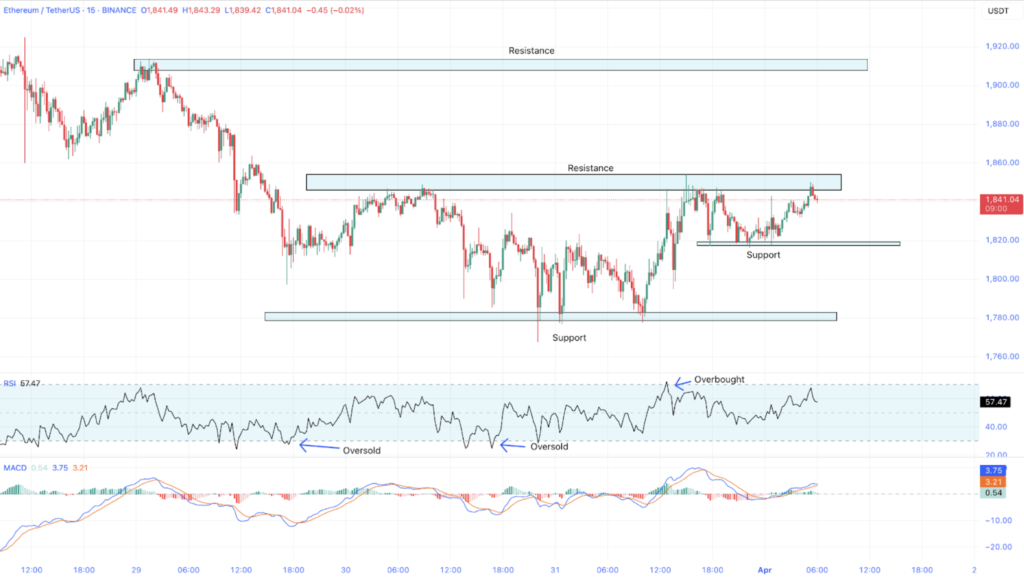Ethereum (ETH), the second-largest cryptocurrency by market cap, is at a pivotal moment. After a recent rebound, ETH is facing resistance near the $1,860 level—a price point where selling pressure is strong enough to prevent further gains. Investors are now debating whether ETH will break through this barrier toward $1,900 or pull back to support, where buying demand is strong, around $1,780.
Beyond technical factors, another key discussion is Ethereum’s role in the tokenization of real-world assets (RWAs) like real estate and financial securities. Experts argue that the biggest challenge isn’t regulation but the lack of efficient secondary markets—platforms where tokenized assets can be traded after issuance.
Ethereum’s Infrastructure and the Secondary Market Challenge
Ethereum is widely used for tokenizing real-world assets. However, the primary issue is the lack of efficient platforms for trading these tokenized assets post-issuance. Even with SEC-regulated mechanisms like specialized brokerages and Alternative Trading Systems (ATS), liquidity remains a major hurdle. Without deep liquidity, executing trades quickly and at fair prices is difficult.
- Claim Your Binance Welcome Bonus with a Binance referral ID for new users!
Without a well-structured secondary market, both institutional investors (such as hedge funds and corporations) and retail traders remain hesitant to fully embrace Ethereum for asset tokenization.
Ethereum Technical Outlook
The latest ETH/USDT chart highlights key price levels. After holding support at $1,820, ETH is now testing resistance at $1,860. A successful breakout could push the price toward $1,920. However, failure to break through may see ETH retreating to $1,780.

Technical indicators provide further insights. The Relative Strength Index (RSI), which measures price momentum and whether an asset is overbought or oversold, is neutral at 57.47. Meanwhile, the MACD—a tool used to detect trends and potential reversals—suggests bullish momentum. However, trading volume must confirm these movements.
Ethereum’s Future: Innovation or Market Resistance?
Ethereum’s dominance in tokenization will depend more on secondary market development than regulatory clarity. Despite positive technical indicators, current resistance reflects market uncertainty. To solidify its position, Ethereum must overcome both regulatory and infrastructure challenges.






